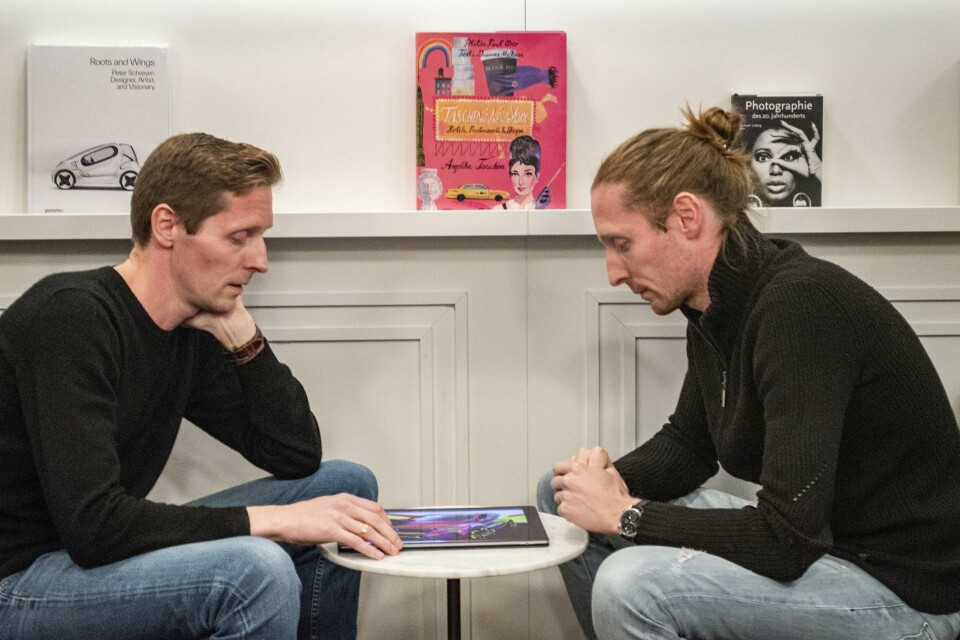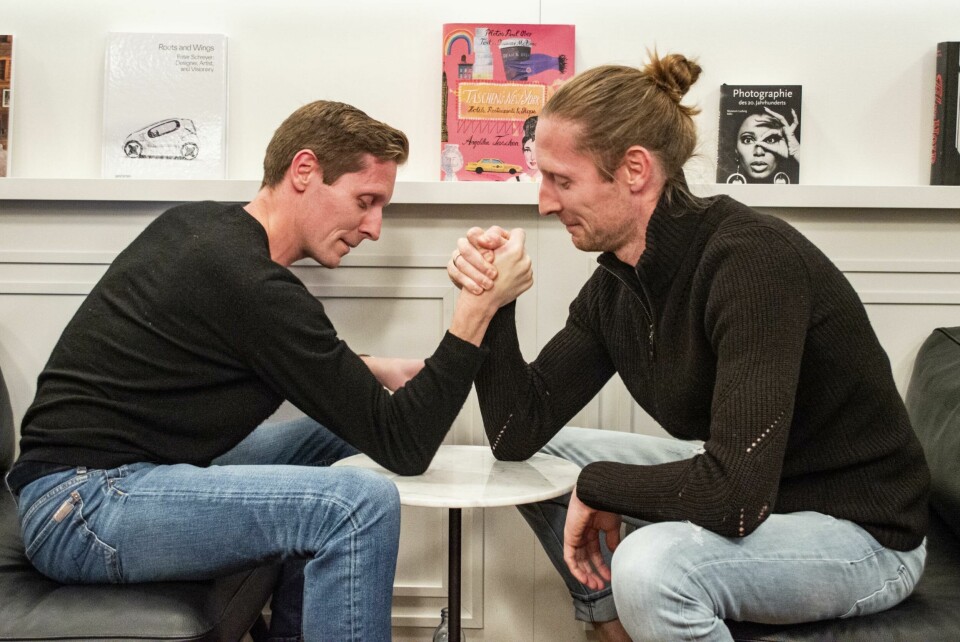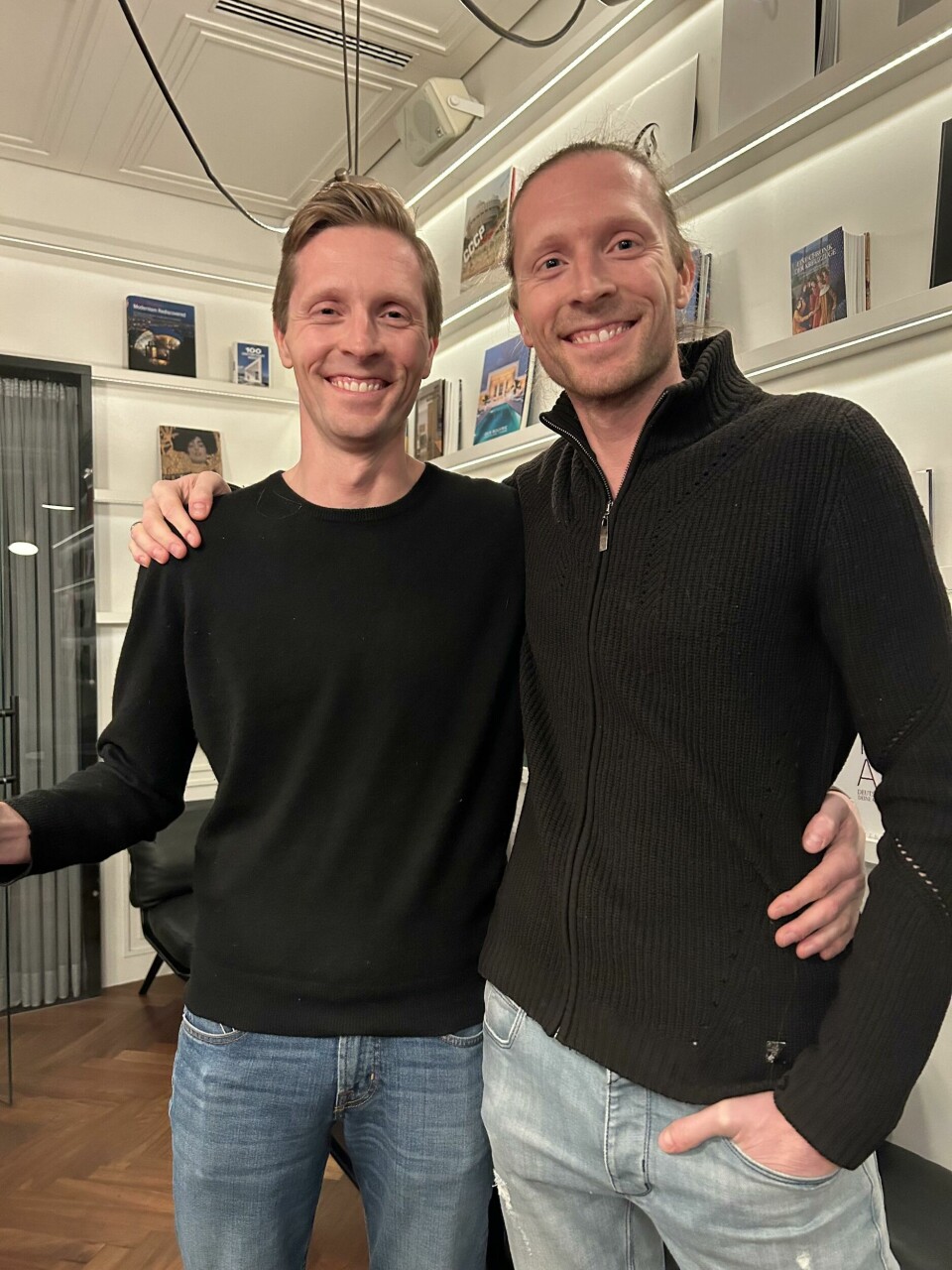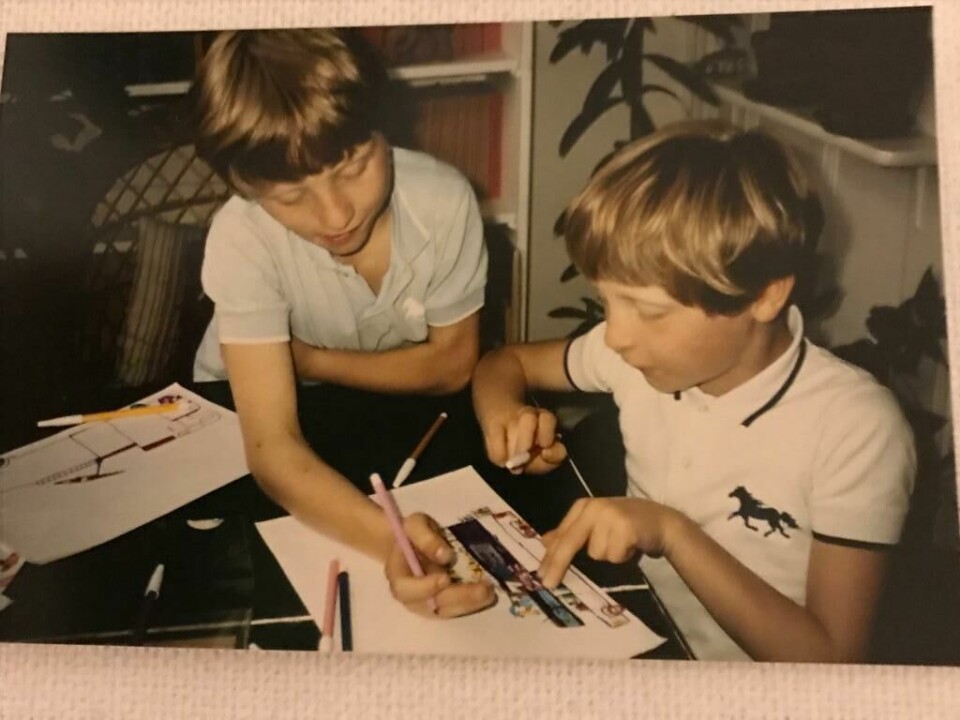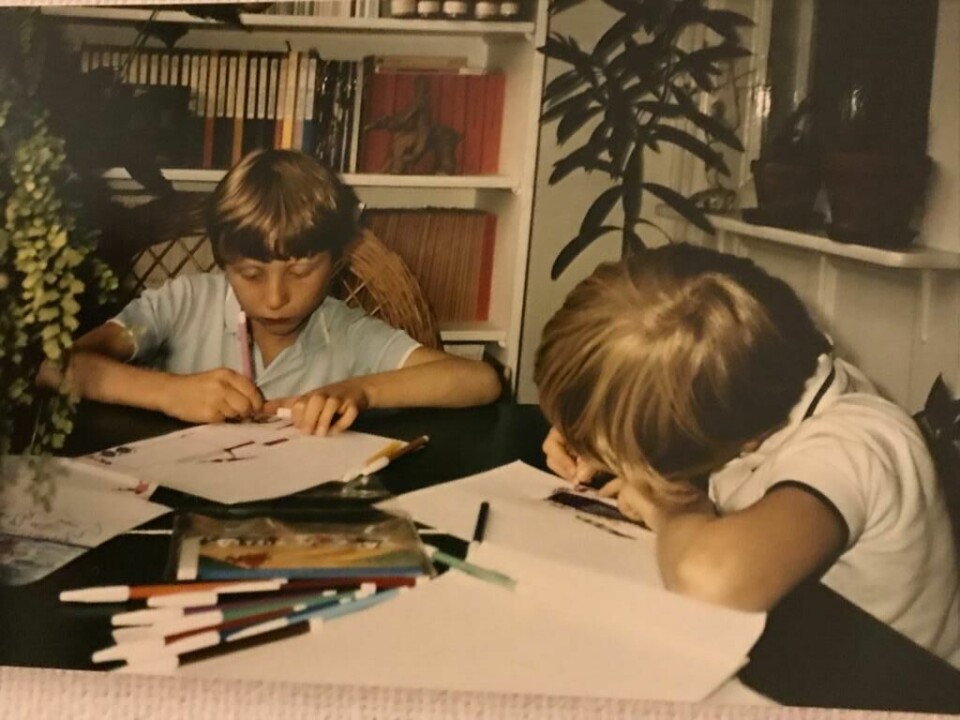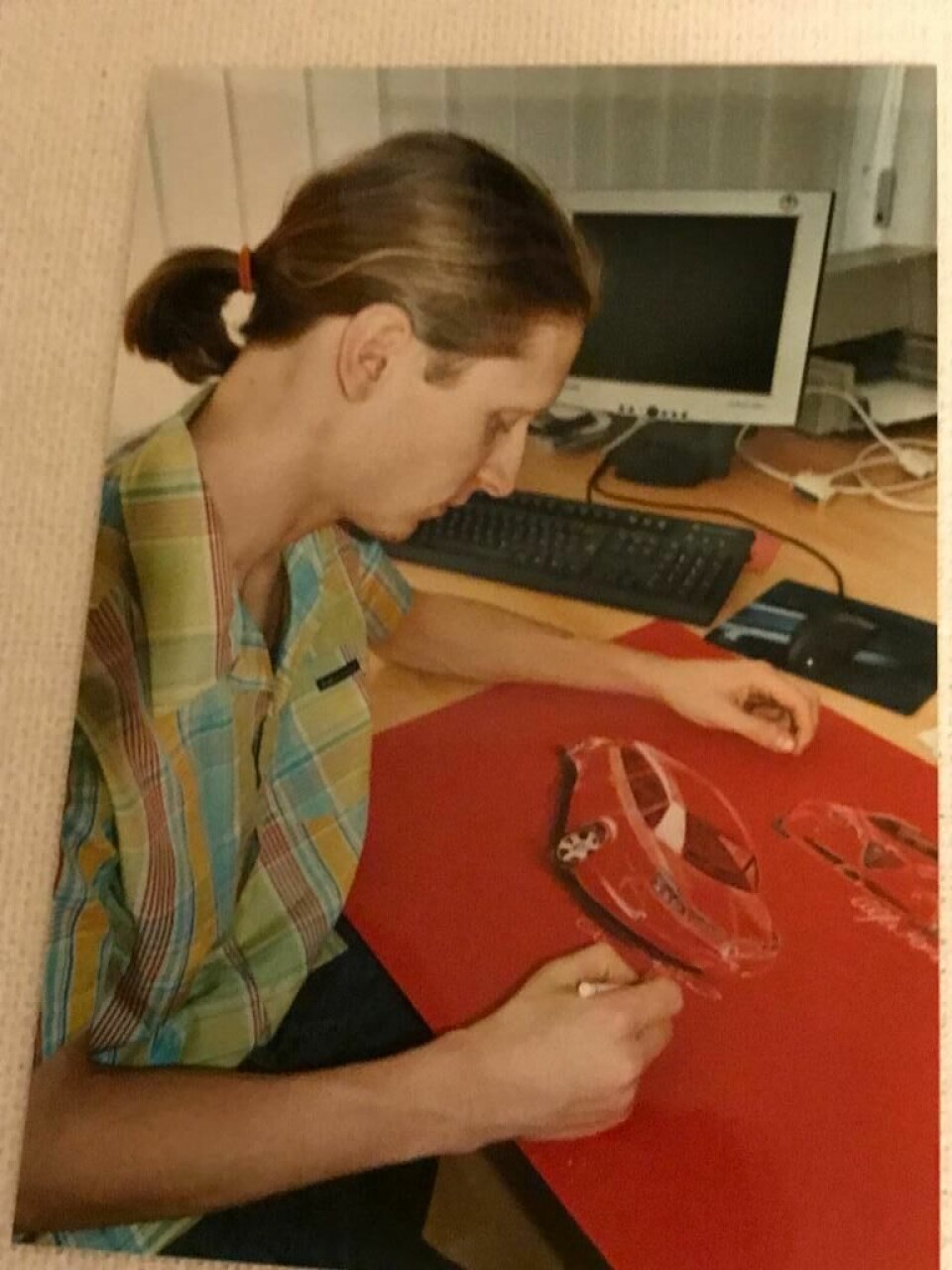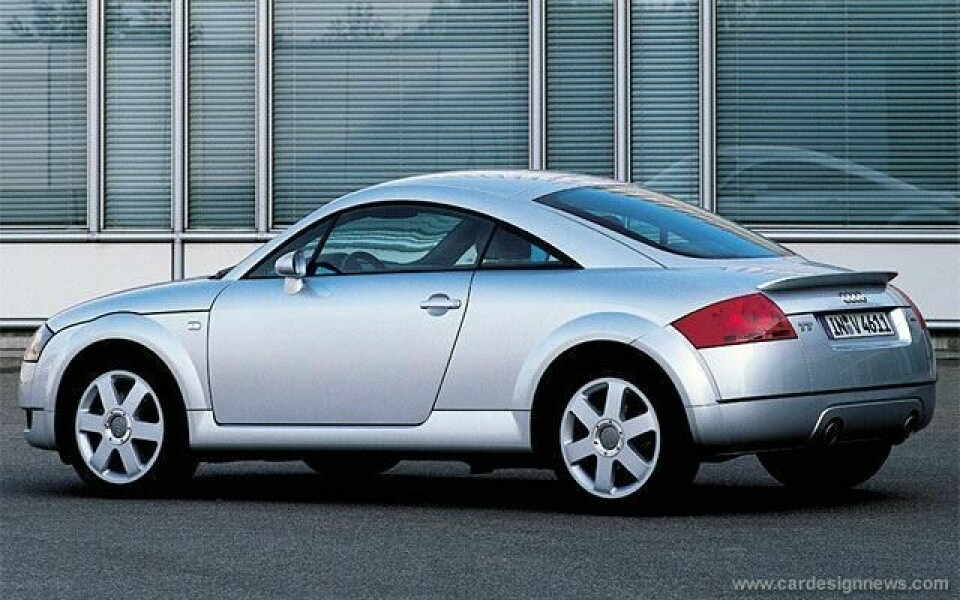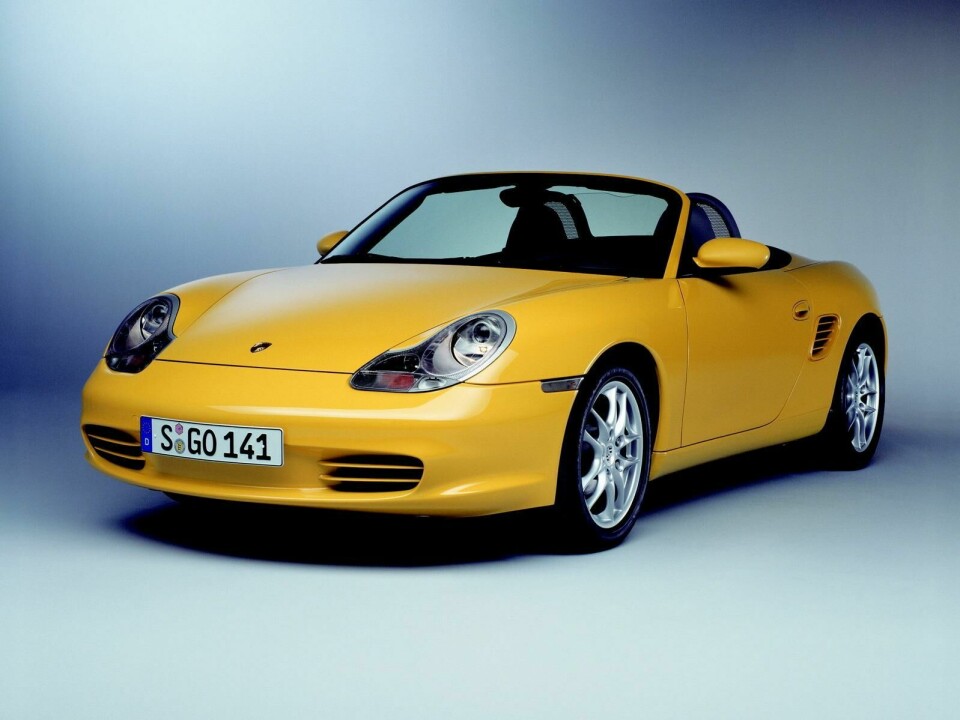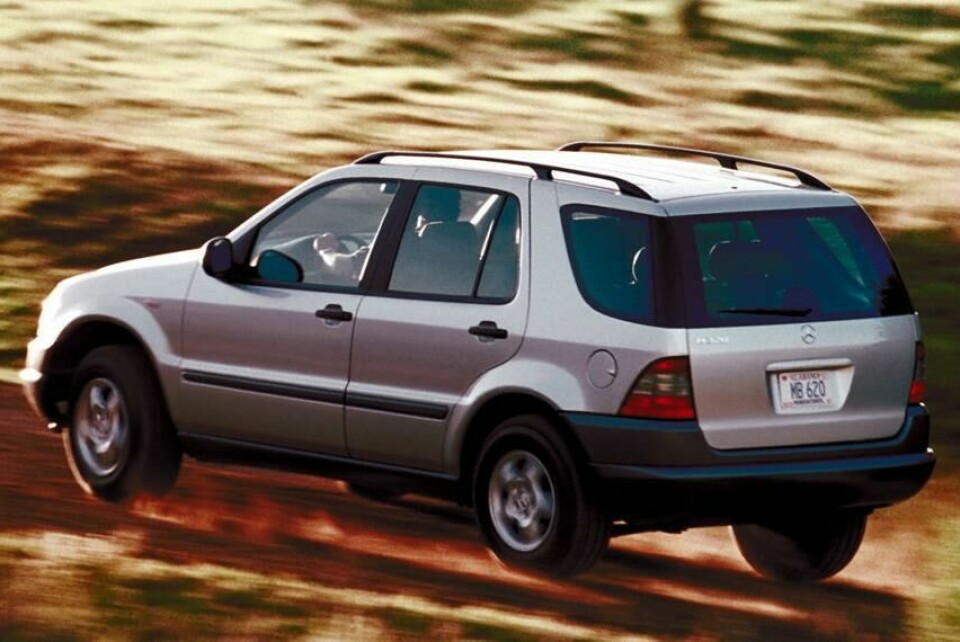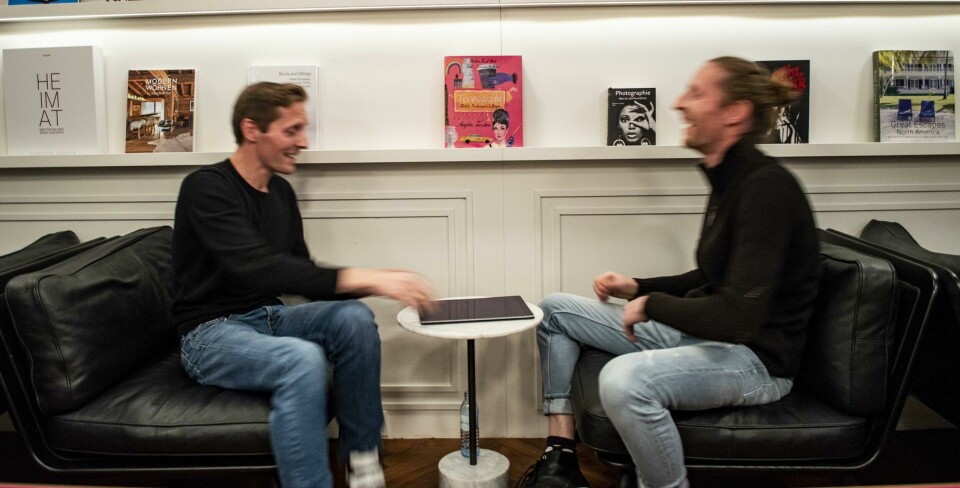
Double trouble: Meet the identical twins of car design
Benjamin and Maksymilian Nawka share a passion for cars that took them from wide-eyed boys behind the Iron Curtain to some of the most accomplished designers in the busines
In East Germany in the 1980s, Benjamin and Maksymilian Nawka were identical twins with identical dreams. From the time they were six years old, the boys would spend their days sketching cars in their hometown of Bautzen, about 50 km east of Dresden.
“It was a journey together,” says Maksymilian, or Maks for short.
“It was always cars, trucks, and sometimes aircraft,” Ben adds.
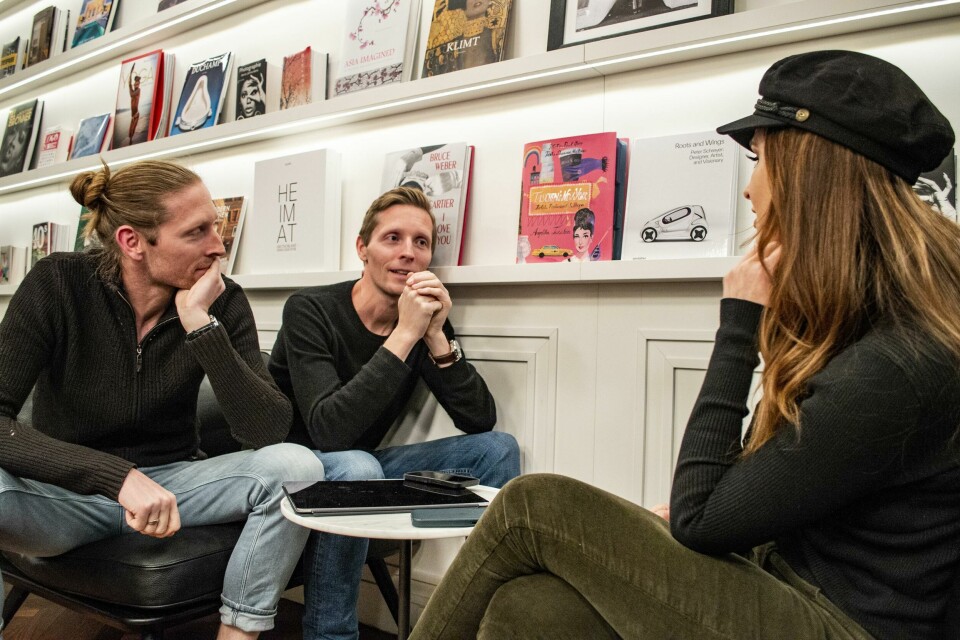
It’s a freezing night in Munich, and the guys had traveled from their respective homes near Ingolstadt and Stuttgart to meet during one of this winter’s coldest spells. Tall and lanky with fair complexions and sandy hair, the ethnic Sorbs sit hip-to-hip in a leather chair in the brightly lit library of the Roomers hotel. Ben wears his hair short and nearly side-swept, while Maks’ longer locks are pulled back into a bun.
We’ve barely arrived, and they’re already finishing each other’s sentences. Back and forth, they weave their story with a seamless prosody, making it hard to tell where one ends and the other begins.
Every week we would look at new models, open and close everything and touch every button
“Being born behind the Iron Curtain, you don’t see a lot of different cars,” Ben explains. “You have some Skodas if you’re lucky, maybe you have some Russian brands like Moskvitch…”
“Those are the good ones,” Maks jokes. Ben continues. “But not the variety like you had with the Italian, French and American cars. So unconsciously something happened in our heads, because if you see the same car again and again, you say there must be something different, there must be an opportunity to create something new.”
Growing up, the young Nawkas would sketch side by side, then ask their parents to decide which brother’s work was best. “And it was not acceptable if they said both of them,” Maks laughs.
The Cold War ended before the twins turned seven, and suddenly a whole new world opened up before them. “Our grandfather had moved to Austria, near Graz, and he drove in his Audi 90 to visit us after the wall came down,” Maks remembers.
Lutz Fugener was a great mentor; visionary, and fair
And the boys still couldn’t get enough of cars. “Every week our father would take us the auto dealerships to look at the new models, so we could open and close everything and touch every button,” Ben says. Early inspirations for the pair include the Audi TT, Porsche Boxster and first-generation Mercedes-Benz M Class.
After years of scrutinising the latest models and scouring German car magazines like Autobild, the twins realised they could become car designers. “Before this, we didn’t know we could earn money doing it,” Maks says. They also finally got a car of their own, an Alfa Romeo 166 in Odyssey Blue that they drove for a quarter of a million kilometers.
The two made a pact they would study together at Hochschule Pforzheim — a lofty aspiration, considering the small number of applicants accepted each year. “We didn’t want to split up,” Ben says. As early as age 16, they started sending portfolios to car companies for feedback. “BMW replied and said, go ahead guys, this is good,” Maks says. Ben adds, “It was a classic letter with a signature, and we remember it was like gold.”
When the time came, the Nawkas applied at both Pforzheim and Coventry University. Astoundingly, both were accepted to both schools.
Back then there was more prestige in exterior, but I thought interior might be more interesting for the future
“This made us so proud,” Ben remembers. Although Pforzheim was the original plan, they asked a British car designer working at one of the VW Group brands for his take on which school to choose. “He said, you’re from Germany and your family is from Germany. In the UK the food sucks, the weather sucks. So go to Pforzheim.” And Pforzheim it was.
The guys recalllong nights finishing projects, various social outings, and cases of mistaken identity. Ben notes professor Lutz Fugener as a particular favourite. “He was a great mentor, visionary, and fair — and always challenging in a positive way.”

Car design is only one of many talents the Nawkas share. Between the two of them, they speak several languages and play a multitude of instruments. “We could make a band,” Maks quips. They even wrote a book of poetry together.
As we talk and sip Mineralwasser, it’s sometimes hard to stay on topic. “This is more fun when you’re drunk calling me and telling me jokes,” Maks tells Ben in the middle of one recollection. At another moment, Ben interjects: “We can unlock each other’s phones with our faces.” They whip out their mobiles and give a demonstration. In these moments, it’s easy to picture the five-, ten-, and 15-year-old versions of the boys in front of me.
Design is not a one man show
At school, the twins stuck together. But then came time for internships, and they quickly learned not to apply at the same companies. “They often thought we were the same person,” Ben laughs. Maks chimes in, “Sometimes they sent back a portfolio unopened, asking why did you send us the same thing twice?”
Maks ended up first at Mercedes-Benz in Sindelfingen, followed by a stint at supplier Webasto. “At Mercedes I learned to dream, and at Webasto I learned how to look into the details,” he remembers. After school he took his first job at Ford’s studio in Cologne, where he decided to specialise in interior design. “They asked what I wanted to do. Back then there was more prestige in exterior, but I thought interior might be more interesting for the future. I hated to learn it, because it’s very complex, between ergonomics, efficiency, cost, security issues and everything like that.”
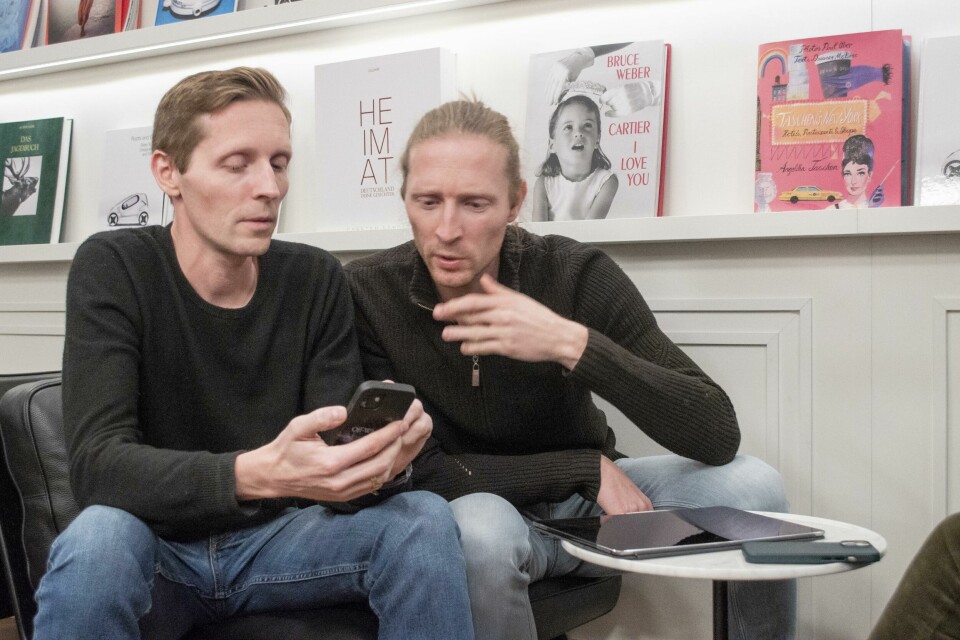
But Maks thrived as an interior designer and later moved to Uedelhoven Studios, a design and engineering company that specialises in modelling, prototyping, and interface development for some of the industry’s most significant concept cars. His experienced helped him win the pitch for interior of the fourth-generation Audi A8 (D5), an important car that defined the DNA of the next generation of Audi design. He later worked at Audi as interior design lead for the e-tron GT show car, as well as the Grandsphere concept, which we saw at IAA in Munich in 2021.
Ben, meanwhile, set off to California for an internship at Volkswagen’s former studio in Santa Monica, and later the Mercedes-Benz advanced design studio in Irvine (under the direction of a freshly minted VP, Gorden Wagener), where he worked on the B-Class and SL. He did his thesis project at Nissan Design China before moving to MB Tech, a design and engineering company then owned by Mercedes-Benz whose clients included other manufacturers as well as its parent company.
You have to understand the work, the people, and act globally
He then moved to Beiqi Foton Motor’s subsidiary Borgward, where he led the effort to set up the company’s European design operations, based in Stuttgart. Projects included the BX lineup of SUVs as well as the Isabella concept, shown at IAA in 2017.
“In my experience, I learned design is not a one man show,” Ben says. You have to encourage your team and you are always enforcing different opinions.”
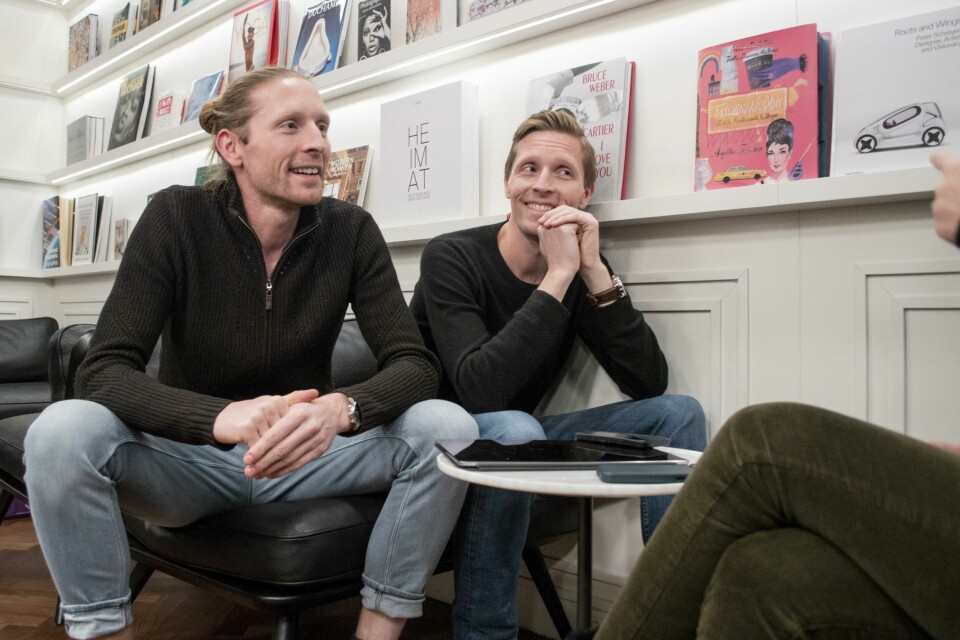
Ben currently works as creative director for China and new business management for Studiokurbos, a boutique design firm in Stuttgart I visited on the same trip. He believes China and the rest of Asia are important markets, but not all designers understand how to be successful. “Why many European top designers fail at Chinese companies is because they don’t understand how to behave. You have to understand the work, to understand the people, and to act globally.”
Maks shares a similar perspective. Last year, he left Audi for AVATR, a start-up venture from Chinese-owned Changan Automobile, which has its design operations in Munich, Germany. “Times are changing and it’s good that there is a shift in the markets,” Maks says. “We need to move on to bring a more futuristic and more human-centric approach to this business, which is one reason I moved to AVATR.”
One of our hidden talents is bringing people together
Both acknowledge that much of their professional success can be attributed to their unique relationship. “Maks was always my biggest pusher, but also my biggest critic,” Ben says. “Growing up together was a constant training of balancing dreams, abilities, opportunities and compromises.”
For Maks’ part, he says, “We never were alone, we had to find compromises and wanted to align. We always supported each other and have been honest and critical. Maybe sometimes it was a competition, but Ben was the best sparring partner I could ask for.”
These days, the Nawkas find what time they can together, which is not always easy between jobs, distances, and families (both are married, and Ben has three children). But design can be a transient business; the brothers have lived across oceans before, and may very well do so again. In the meantime, they continue to pursue not only their passion for design, but their passion for humanity. “One of our hidden talents is bringing people together,” Maks reveals. Ben adds,“Sometimes we have to split up. But the long-term goal is to always come back together.”
